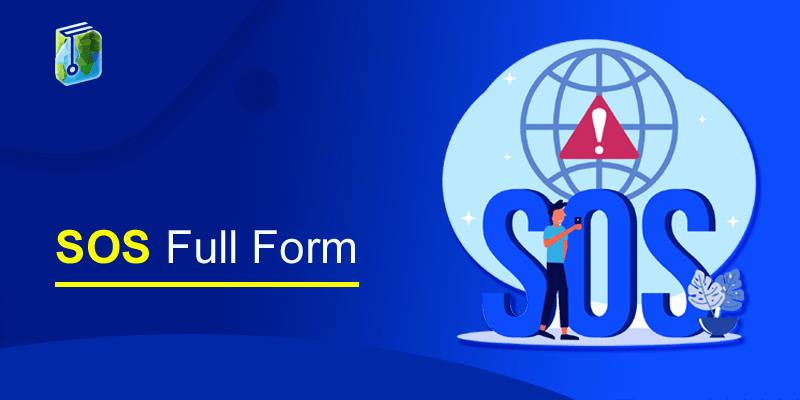Introduction
The alphabets SOS do not stand for anything. Many people think that the full form of SOS is “Save Our Souls” or “Save Our Ship”. However, the fact is that SOS is a continuous international Morse code string of three dots, three dashes, and three dots (…—…) that run together without any spaces or full stops.
As three dots form the alphabet “S” and three dashes form the letter “O” in the International Morse code, the signal came to be called “SOS” for the sake of convenience. The signal is used as a marking for transmissions of a distress message requesting help in case a person is in danger or needs immediate assistance.
Here in this article, besides describing the meaning behind the full form of SOS, the history of SOS and some interesting facts about SOS are also highlighted. Let’s go ahead and have a look at them.
History of SOS
SOS was conceptualized on April 1, 1905, by the German government in radio regulations. It became the worldwide standard after it was included in the second International Radiotelegraphic Convention and became effective from the year 1908. SOS was used as the maritime radio distress signal, but in 1999, it was replaced by the Global Maritime Distress and Safety. However, SOS is still recognized as a visual distress signal.
The first ships that have been reported to have transmitted an SOS distress call were the Cunard liner RMS Slavonia on 10 June 1909 while sailing the Azores, and the steamer SS Arapahoe on 11 August 1909 while off the North Carolina coast.
Composition of SOS
SOS is the only 9-element signal in Morse code, making it more easily identifiable, as no other symbol uses less than 10 elements.
SOS is one of several ways to depict the combination; for example, IJS, SMB, VTB, and IWB, all produce the same sound; but SOS is just the easiest to remember.
SOS Mobile
The phone companies were directed by the Department of Telecom to add the panic button on every smartphone and feature phones in order to remove barriers that tend to slow down the process of receiving help. With this new tool in smartphones, women, children or senior citizens can reach out to their family members for help at the press of a button without unlocking the phone.
Conclusion
So this was all about the logic behind the distress signal SOS, its meaning, the history behind it, the composition of SOS, and how it has become an important part of smartphones as the panic button. If you have any doubts or queries related to SOS, feel free to write them down in the comments section below. We will be delighted to answer your queries.

